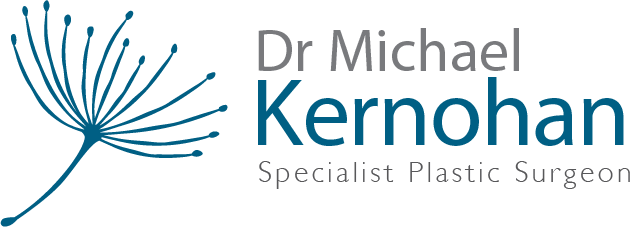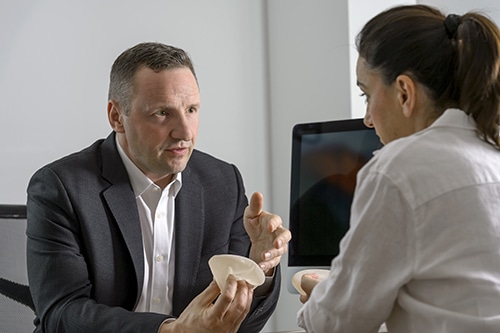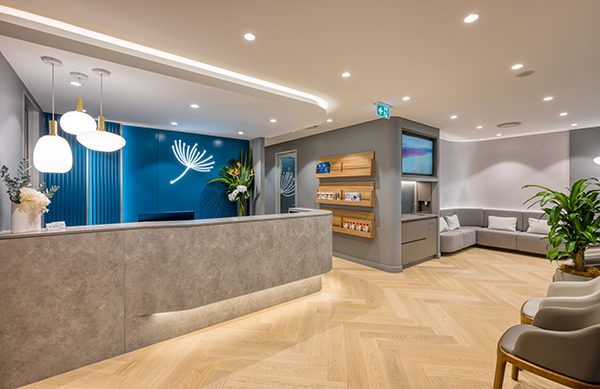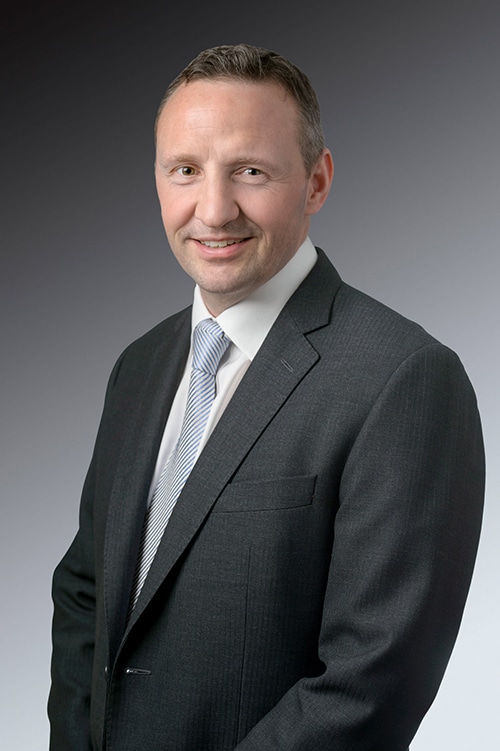We offer consultations for volumising treatments designed to address areas where volume may have diminished due to ageing or lifestyle factors. These treatments are aimed at altering the appearance of your facial contours, increasing fullness to key areas such as the cheeks, lips, and under the eyes.
Dr Guy Watts and his team of experienced medical professionals, including nurses, and dermal clinicians, will work with you to determine the most suitable treatment plan tailored to your individual needs. All procedures are conducted in a sterile, clinical environment, under the highest standards of care and patient safety.
Volumising Treatments
Volumising treatments may involve non-surgical options designed to address lost volume in specific areas of the face.
These treatments can help address the appearance of volume loss in the cheeks, lips, and other facial areas. Results are typically temporary and may require ongoing treatments to maintain desired outcomes.
For more lasting changes, surgical options such as Facelift procedures may be considered.
Sydney Facial Plastic Surgeon Dr Michael Kernohan has extensive knowledge in facial anatomy, an eye for aesthetics, and high surgical precision. He uses his experience and skills to perform different facial treatments.
Download Dr Michael Kernohan Cosmetic Aesthetic Guide

TGA Compliance changes
It is important to note that the products used in our treatments are subject to strict regulatory guidelines by the Therapeutic Goods Administration (TGA). To maintain full compliance with TGA regulations, we do not advertise specific products, prices, or pre/post-treatment photos online or in promotional materials. These details will be discussed during your personal consultation.
We are committed to providing a responsible and transparent approach to all of our treatments, ensuring that you receive the highest quality care in a professional setting.
What are Volumising Treatments?
Volumising treatments can be used to address areas of the face where volume has been lost due to ageing, weight loss, trauma, genetics or environmental factors. These non-surgical options typically involve the use of injectable substances designed to temporarily add volume and change the appearance of certain facial features.
Common areas where volumising treatments may be considered include the cheeks, lips, and jawline. These treatments can help reduce the appearance of certain facial lines, increase volume to sunken areas, and provide subtle, temporary alterations to facial contour.
Your suitability for different volumising treatments will be determined during a consultation with a qualified healthcare professional, such as Dr. Michael Kernohan, who brings extensive knowledge of facial anatomy and a high level of precision to every treatment.
Autologous fat injections (facial fat grafting using your own fat)
This type of treatment requires surgery.
During facial fat grafting, Dr Kernohan will use liposuction to collect fat from your own body– usually the lower abdomen or thighs. This autologous fat is then purified and injected through small incisions into different areas of the face.
Autologous facial fat injections:
- Increase volume of the targeted area using your own fat.
- Produce results that could last for many years
Fat injected into the face can replace lost volume, plump up the cheeks, smooth wrinkles and give more volume to the lips.
The effects of facial fat grafting may be permanent but achieving the desired cosmetic effects usually requires more than one session, especially since the body absorbs some of the fat.
What are the potential Benefits of volumising treatments?
- Facial Balance: Volumising treatments can help increase balance to the face by addressing areas where volume has been lost due to ageing or other factors.
- Non-Surgical Option: These treatments offer a non-surgical approach to altering facial contours, reducing the need for more invasive procedures.
- Customised Results: A personalised treatment plan makes sure that the approach is tailored to each individual’s specific needs and aesthetic goals.
- Facial Symmetry: By adding volume to areas such as the cheeks, jawline, or lips, volumising treatments can help create a more symmetrical appearance.
- Temporary Effects: These treatments provide temporary results, which can be reassessed and adjusted as needed over time, offering flexibility in managing aesthetic goals.
What to Expect
Before beginning any treatment, you will have a consultation with Dr Michael Kernohan.
What to Expect During Your Consultation
- Initial Discussion: Share your concerns and desires.
- Personalised Assessment: A detailed evaluation of your needs and suitability for treatment options.
- Educational Guidance: We provide clear, balanced information to help you make informed choices.
- Next Steps: Together, we’ll decide on the best way forward to achieve your desired outcomes.
Once Dr Kernohan determines your suitability, treatment will begin. Depending on the treatment area, the procedure can take between 15 to 45 minutes. Depending on the type of treatment and the treatment area, you should be able to notice results immediately after treatment.
You can usually return to normal activity right after treatment. However, Dr Kernohan might ask you to take the day off from strenuous activity.
Since facial fat grafting is a surgical procedure, it involves different steps. Facial Fat Grafting is typically an outpatient procedure, your surgeon will administer either general or local anaesthesia before surgery. Depending on the specifics of the procedure you may need to take it easy for 1 or 2 weeks after surgery whilst you recover.
What are the Risks of Volumising Treatments?
Severe complications from volumising treatments are extremely rare. Nevertheless, they can still occur. Risks include:
- Allergic reaction at the site of treatment or throughout the body
- Swelling and inflammation around the treatment area
- Itching
- Discomfort
- Changes in skin colour (post-inflammatory hyperpigmentation – PIH) mostly on brown or black skin
- Mild pain
- Bleeding or bruising at the treatment site
- Infection
- Scarring
- Blood vessel damage (very rare complication)
Dr Michael Kernohan will cover the risks in detail with you during your consultation and take necessary precautions to avoid any complications.
FAQs about Facial Volumising Treatments:
Further Reading about Face Surgery and Treatments
- Read Dr Kernohan’s Facelift Surgery Page
- Read Dr Kernohan’s Blog about Recovery after Facelift
- Read Dr Kernohan’s Blog about Ageing Face
- Read Dr Kernohan’s Wrinkle Treatments Procedure Page





